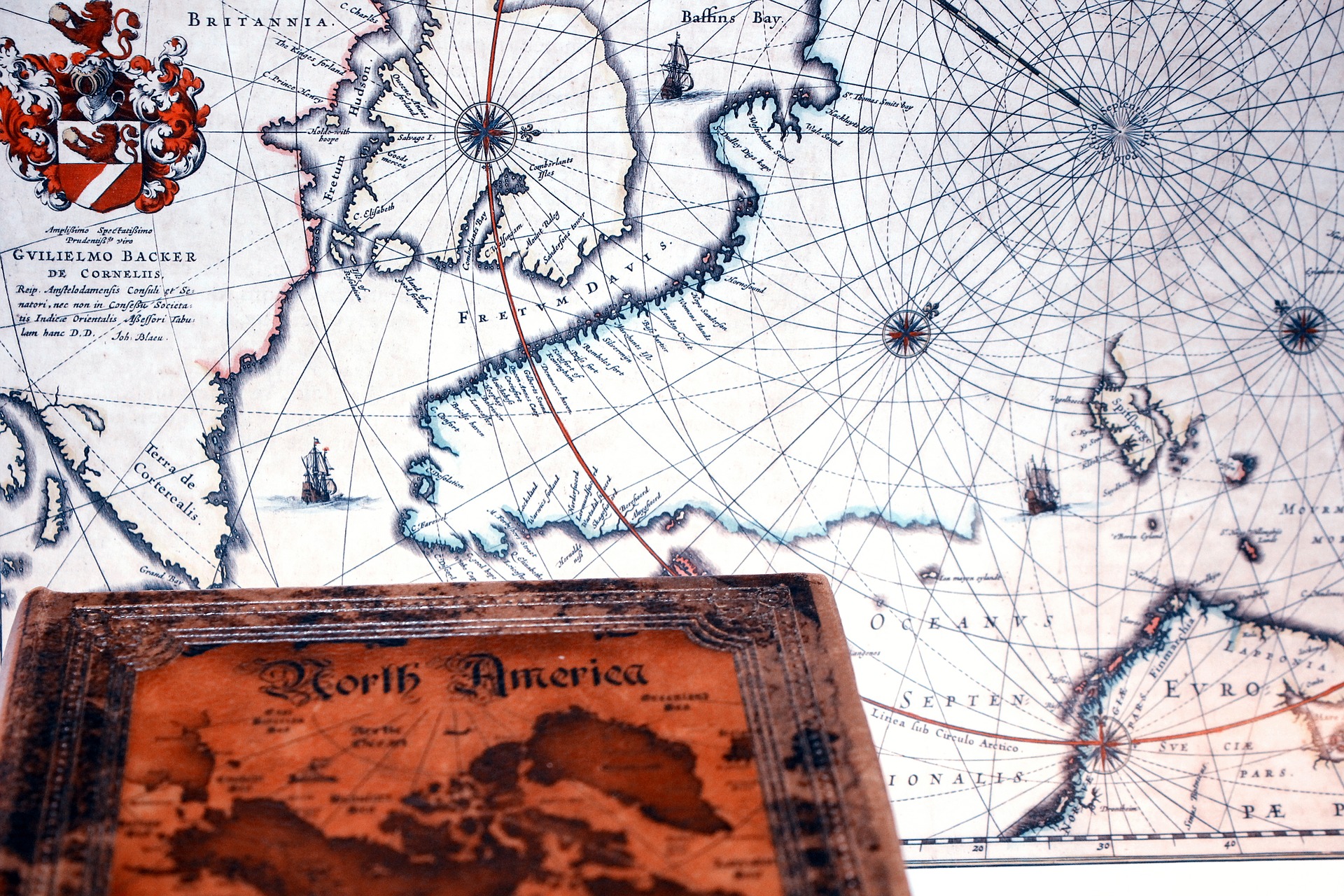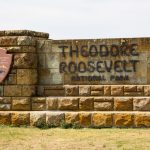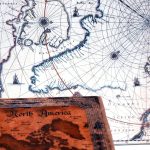North America Continent

The world’s biggest landmasses
North America, third biggest of the world’s landmasses, lying generally between the Arctic Circle and the Tropic of Cancer. It reaches out for in excess of 5,000 miles (8,000 km) to inside 500 miles (800 km) of both the North Pole and the Equator and has an east-west degree of 5,000 miles. It covers a space of 9,355,000 square miles (24,230,000 square km).
North America possesses the northern part of the landmass by and large alluded to as the New World, the Western Hemisphere, or just the Americas. Central area North America is molded generally like a triangle, with its base in the north and its summit in the south; related with the mainland is Greenland, the biggest island on the planet, and such seaward gatherings as the Arctic Archipelago, the West Indies, Haida Gwaii (earlier the Queen Charlotte Islands), and the Aleutian Islands.
North America is limited on the north by the Arctic Ocean, on the east by the North Atlantic Ocean, on the south by the Caribbean Sea, and on the west by the North Pacific Ocean. Toward the upper east Greenland is isolated from Iceland by the Denmark Strait, and toward the northwest Alaska is isolated from the Asian central area by the much smaller Bering Strait. North America’s just land association is to South America at the restricted Isthmus of Panama. Denali (Mount McKinley) in Alaska, rising 20,310 feet (6,190 meters) above ocean level, is the mainland’s most elevated point, and Death Valley in California, at 282 feet (86 meters) beneath ocean level, is its least. North America’s coastline of approximately 37,000 miles (60,000 km)— the second longest of the landmasses after Asia—is prominent for the extraordinary number of spaces, especially in the northern half.
The name America is gotten from that of the Italian dealer and pilot Amerigo Vespucci, one of the soonest European pioneers to visit the New World. Despite the fact that at first the term America was applied uniquely toward the southern portion of the mainland, the assignment before long was applied to the whole landmass. Those segments that extended out north of the Isthmus of Panama became known as North America, and those that widened toward the south became known as South America. As indicated by certain specialists, North America starts not at the Isthmus of Panama but rather at the strait of Tehuantepec, with the mediating area called Central America. Under such a definition, a piece of Mexico should be remembered for Central America, albeit that nation lies for the most part in North America legitimate. To defeat this inconsistency, the entire of Mexico, along with Central and South American nations, additionally might be assembled under the name Latin America, with the United States and Canada being alluded to as Anglo-America. This social division is an undeniable one, yet Mexico and Central America (counting the Caribbean) are bound to the remainder of North America by solid ties of actual topography. Greenland likewise is socially separated from, yet genuinely near, North America. A few geographers describe the region generally from the southern boundary of the United States toward the northern line of Colombia as Middle America, which varies from Central America since it incorporates Mexico. A few meanings of Middle America likewise incorporate the West Indies.
North America contains probably the most established shakes on Earth.
Its geologic construction is worked around a steady foundation of Precambrian rock called the Canadian (Laurentian) Shield. Toward the southeast of the safeguard rose the antiquated Appalachian Mountains; and toward the west rose the more youthful and significantly taller Cordilleras, which involve almost 33% of the mainland’s property region. In the middle of these two mountain belts are the by and large level areas of the Great Plains in the west and the Central Lowlands in the east.
The landmass is lavishly invested with regular assets, including incredible mineral abundance, huge timberlands, huge amounts of new water, and a portion of the world’s most fruitful soils. These have permitted North America to become quite possibly the most monetarily created districts on the planet, and its occupants partake in an elevated requirement of living. North America has the most noteworthy normal pay per individual of any mainland and a normal food admission for every individual that is fundamentally more prominent than that of different landmasses. Despite the fact that it is home to under 10% of the total populace, its per capita utilization of energy is very nearly multiple times as incredible as the world normal.
North America’s first occupants are accepted to have been antiquated Asiatic people groups who moved from Siberia to North America at some point during the last icy development, known as the Wisconsin Glacial Stage, the latest significant division of the Pleistocene Epoch (about 2.6 million to 11,700 years prior). The relatives of these people groups, the different Native American and Eskimo (Inuit) gatherings, generally have been displaced by people groups from the Old World. Individuals of European family comprise the biggest gathering, trailed by those of African and of Asian lineage; moreover there is an enormous gathering of Latin Americans, who are of blended European and Native American parentage.
Physical and human geology of North America
For conversation of individual nations of the mainland, see the articles Canada, Mexico, and United States of America. See additionally inclusion of North American locales under the titles West Indies and the individual nations of Central America. For conversation of significant urban communities of the mainland, see explicit articles by name—e.g., Mexico City, New York City, and Toronto. For conversation of the native people groups of the landmass, see the articles Native American and pre-Columbian human advancements. The key treatment of North American authentic and social improvement is contained in the articles referenced above and in the article Latin America, history of. For additional conversation of expressions and writing, see the articles American writing, Native American expressions, Canadian writing, and Latin American writing.




